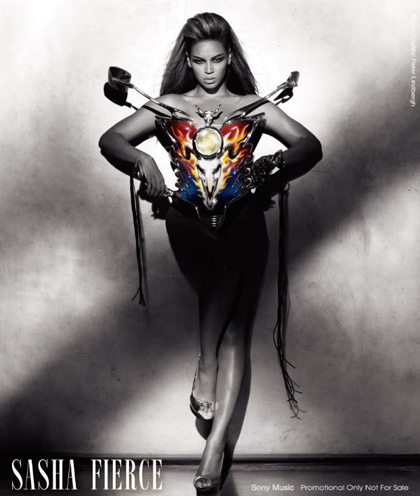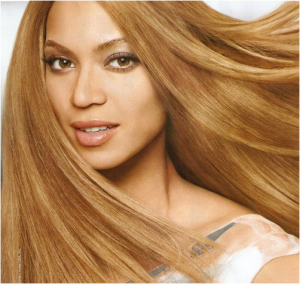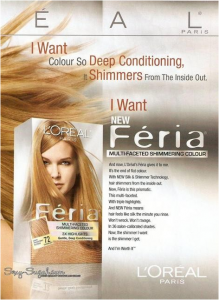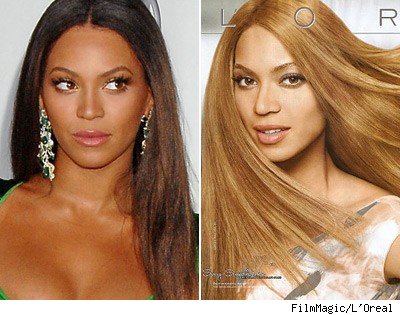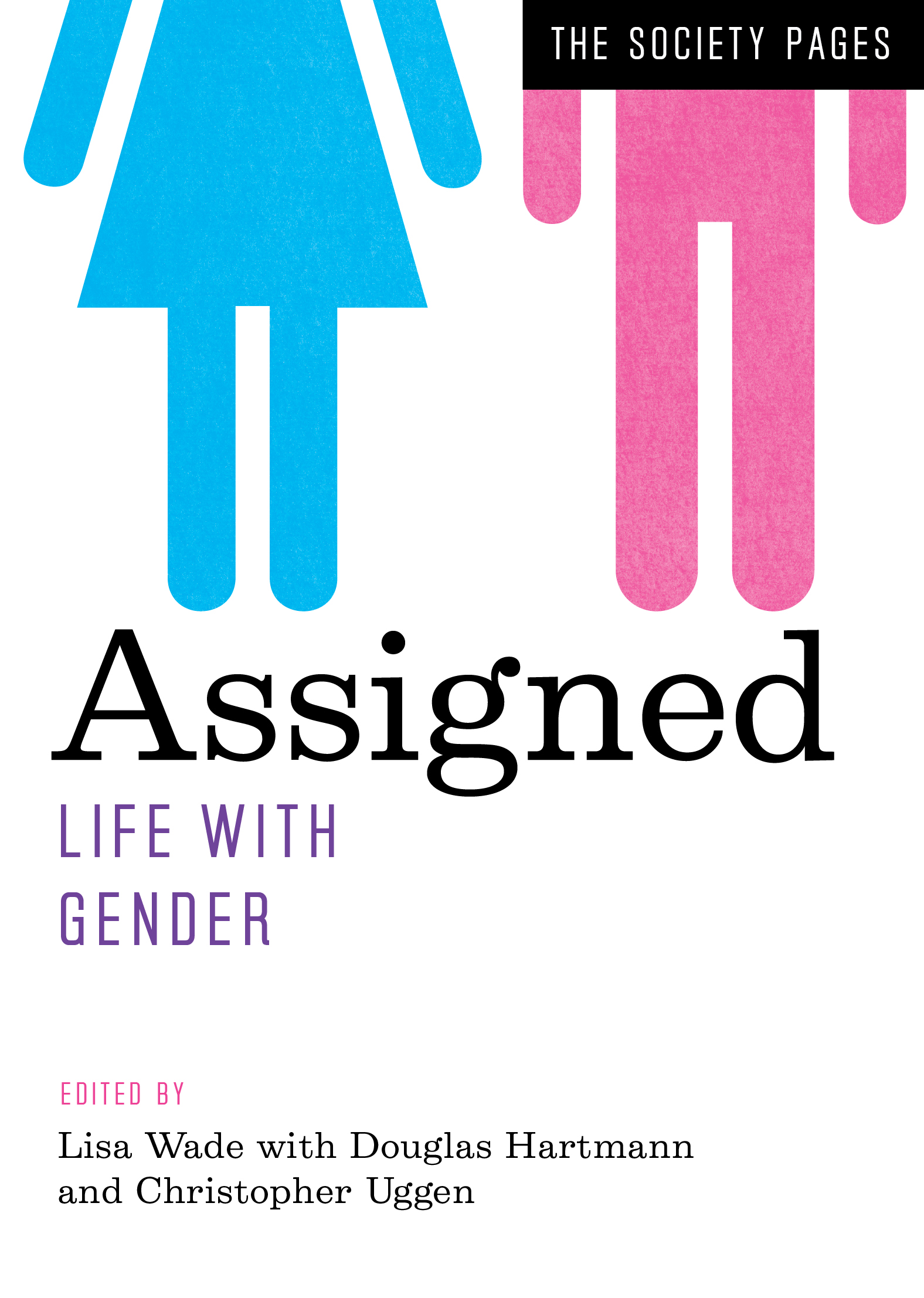Most of the men and women who were brought from Africa by slave traders to the U.S. lost track of what part of Africa they came from. Africa, don’t forget, is a giant continent, comprising about 25% of the entire global dry land and including six different climate zones. Pre-colonial Africa consisted of over 10,000 meaningful social tribes and polities. So while we talk about “Africa” as if it’s a meaningful word, we’re describing a land mass at best and, at worst, erasing the complexity of 15% of the world’s people. For more, see our post featuring Chimamanda Adichie on the “single story of Africa.”
Meanwhile, American Blacks — slaves and descendants of slaves — had the children of everyone from their white friends and lovers (beginning with indentured servants in early America) to the very men and women who enslaved them. Many American blacks, then, are often perceived as essentially white when they visit Africa because their skin color is much less black those of “African” groups who never left Africa.
Enter Beyoncé.
Carly M. sent along a story about a fashion shoot for a French fashion magazine, L’Officiel Paris, in which she has her face blackened and wears a dress inspired by her “African roots.”
Beyoncé is born to an African-American father and a Creole mother; though this is not something I can confirm, her specific connection to Africa was likely cut by slave traders. So, to refer to her African roots is to fetishize this thing-called-Africa that Americans recognize, but is a fiction in our imaginations. And indeed, while some sort of African roots are no fiction for Beyoncé, her light skin and mixed history (Creole refers to someone of mixed African, Native American, and French ancestry) is far more American than African.
Which makes the blackening of her skin all the more interesting. In the U.S., blackface has an ugly racist history featuring white men mocking black people, but it’s recently enjoyed a supposedly “edgy” resurgence in the fashion industry. Yet, Beyoncé is famous in part because U.S. audiences are more tolerant of light-skinned Blacks than dark-skinned Blacks. So what does it mean that she is appearing in blackface?
Dodai Stewart, at Jezebel, notes:
…Beyoncé’s skin looked a lot lighter in L’Oréal ads, and women like Aishwarya Rai Bachchan and Gabourey Sidibe had their faces lightened for magazine covers, and black models are so rarely seen on designers’ runways, the message we’re getting from the fashionistas is that it’s bad to actually have dark skin, but totally cool to pretend you have it.
So we have a situation in which slave traders ripped African people from their homes, landed them in the U.S., and erased their personal origins. Then these individuals were mixed (voluntarily and not) with non-Africans, struggling to build a culture unique to American Blacks (one that the rest of us have happily appropriated again and again). And then, in the year 2011, they appear in “African” garb and painted faces, because they’re just black enough/not black enough?* I don’t even know.
Coverage of the photoshoot:
* Language changed from “they are dressed in”, in response to commenters, so as to not erase Beyonce’s agency here.
Lisa Wade, PhD is an Associate Professor at Tulane University. She is the author of American Hookup, a book about college sexual culture; a textbook about gender; and a forthcoming introductory text: Terrible Magnificent Sociology. You can follow her on Twitter and Instagram.


